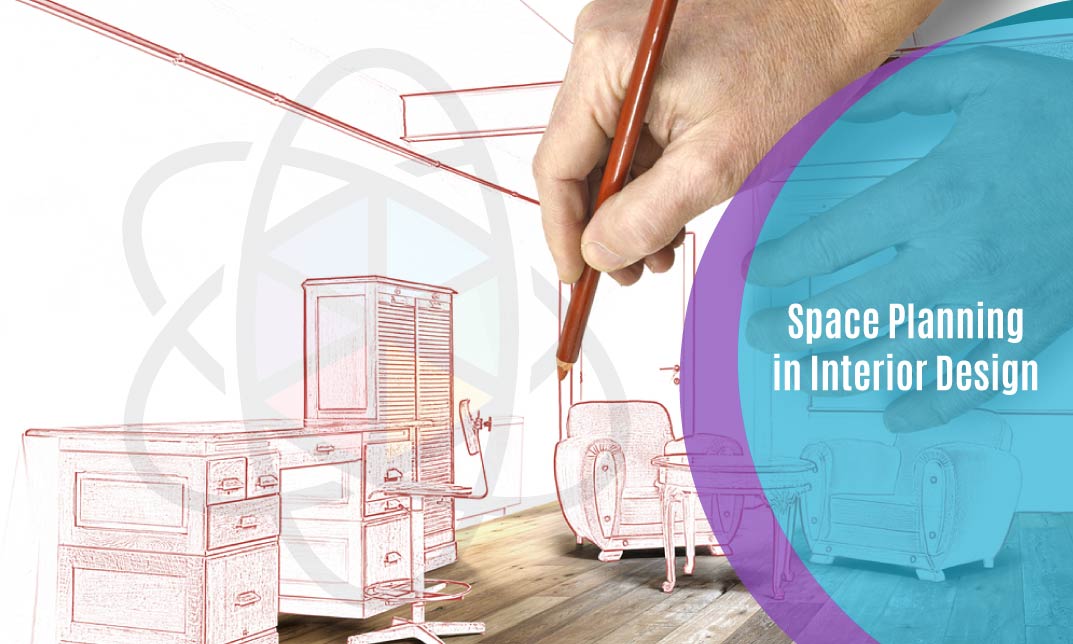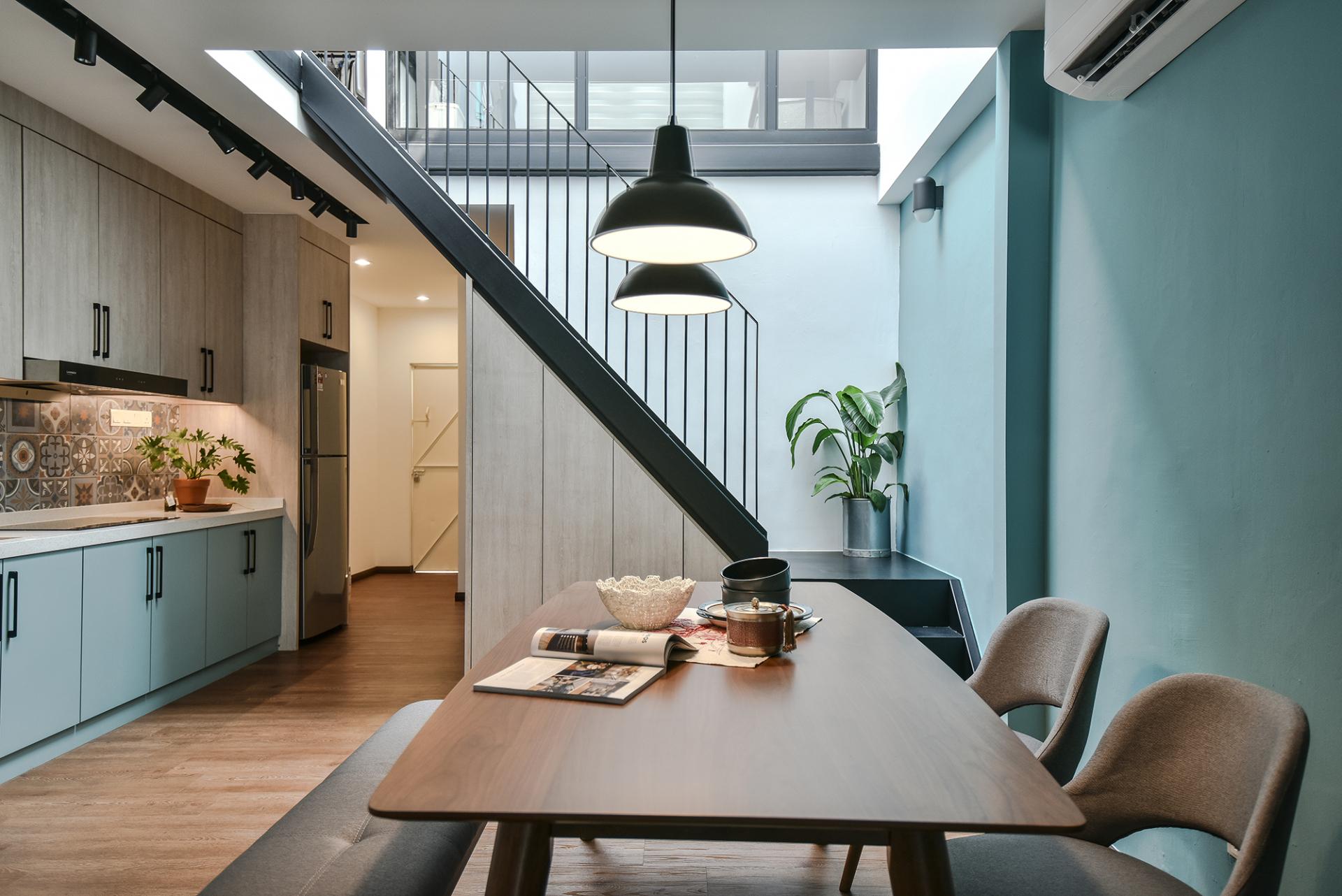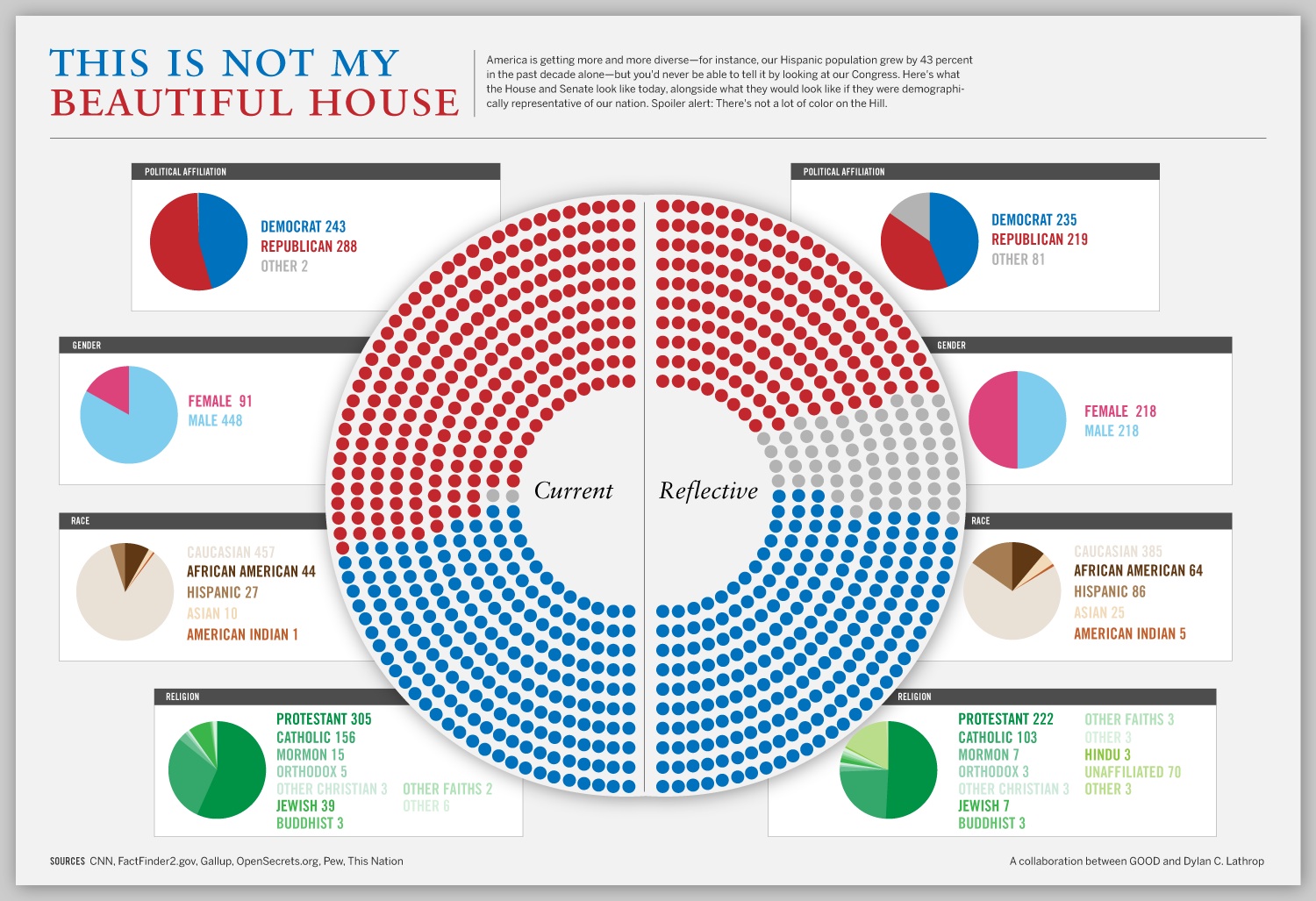Table Of Content

We explore in-depth the process of space planning that starts with the conceptual and evolves into the specific. We also offer several principles and tips for mastering space planning that you can start using today. Whether you are an experienced design pro or aspiring to be one, perfecting certain core skills such as space planning will help you flourish in the profession. In this ultimate guide to space planning, we explore the concept of space design and how to apply its principles to interior design projects through real-world examples and use cases.
Kitchen Space Planning
As a professional, it is your job to ask all the right questions and gather all the necessary information to plan out a functional space that suits your client’s needs. Every room has unique traffic patterns based on its function, doorways, and users. Analyze how people enter and exit the room to determine how the furniture should be arranged. The location of the doors will create natural walkways through the room. However, by arranging furniture in a specific way, you can also create effective walkways. Discover the Studio A experience firsthand and witness how our passion and expertise can turn ordinary spaces into extraordinary sanctuaries.
Key Considerations When Space Planning Is Being Carried Out
We can easily maximize any budget because of our innovative office design ideas which include using refurbished furnishings. A solution for your taste and spending ability is always found to fit your office or home environment. From the color, texture, design, or surface material, we always deliver. That said, we also provide an extensive selection of furniture and decorations which can be ordered directly from our online shop. Find a large piece of paper, or stick several pieces of A4 paper together, and draw a plan of your room.
Questions to Ask Potential Clients on the Discovery Call
Space planning is important in interior design because it helps to maximize the use of available space, create functional and efficient layouts, and enhance the overall look and feel of a space. Effective space planning can also increase the value of a property and improve the quality of life for the users. When it comes to interior design, spatial planning is a crucial step in the design process. It helps you to create a functional and aesthetically pleasing space that meets the needs of your client. It ensures that the space is functional, aesthetically pleasing, and meets the needs of the user.
Create a Fixtures Plan
Interior designers must apply the principles of space planning to bridge the gap between the best design and the client’s vision. Consider more than just a single room at one time when space planning. Sometimes the relationship between multiple rooms will be partially decided for you due to their proximity or connection to other rooms that have a very specific purpose or access to another room.
Considering human factors and ergonomics in room layout design
We have catered to individuals and businesses in Los Angeles, Orange County, Costa Mesa and San Diego. We are so pleased to have a seasoned and professional Interior Design team to service our clients. As helpful as Planner 5D can be for your dream home creation or design business needs, you can have a lot of fun with it too. Explore the amazing range of ideas on our website to gain inspiration for cozy romantic bedrooms, spa like baths, kid’s playrooms, and home offices. You can even get involved in a design battle with other folks in the Planner 5D community.
Primary purpose
The first step in space planning is to create what is known as a bubble diagram or plan. This is a very simple diagram which lists all the activities planned for a specific room, and how these activities are related to each other. Although space planning mostly focuses on the practicality and functionality of a room, it must also consider the visual appeal. Rooms should be aesthetically pleasing to look at, as well as functional to live in.
For example, when designing a living room that’s intended to be a calm place of rest, avoid overcrowding the room and leave ample space between each piece of furniture. The conceptual use sets physical aspects such as floor area, layout, and theme. Consider the relative sizes of adjacent and adjoining rooms, as well their placement. For example, a bedroom or workspace should not be next to a social space such as a TV or billiards room. These 5 stages take you from a basic concept to a detailed overview of the space that you are designing. It creates a simple workflow of how your vision will transform into reality.
Make a list of everything you will need to furnish the ideal room layout. Assess the furniture that you or your client owns and wishes to keep in the room. Make a list of the furniture and accessories you will need to complete the space.

Jennifer loves managing the business of Avenue Interior Design and working with its talented design team so that the firm can deliver great design while meeting client budget and schedule goals. She supervises Avenue’s production of specifications to ensure that selections are both beautiful and high performance. Originally from New England, Jennifer graduated cum laude from Wellesley College with a B.A. Jennifer practiced for more than a decade as a commercial real estate lawyer with an expertise in resort and golf properties. Since it’s 2009 foundation in a bohemian studio off of Venice and Abbot Kinney, hospitality based Avenue Interior Design has positioned itself as a tiny powerhouse in an industry full of giants. Now based in Downtown Los Angeles, and decidedly less tiny, the team continues to design and collaborate on the industry’s most exciting properties for the most prominent leaders in hospitality.
Examine the furniture and accessories you or your client have chosen for the room. Take precise measurements of the large pieces to ensure that they will fit in the space. Experiment with different layouts to find the one that works best in the space. For a space that is intended for multiple functions, I like to create separate vignettes within a single space.
To create the illusion of a larger space, opt for light and neutral colors for your walls, furniture, and decor. Incorporate mirrors strategically to reflect light and create a sense of depth. Utilize smart lighting techniques and keep the space clutter-free to maintain an open and spacious feel. Integrating technology and tools into your space planning endeavors can significantly enhance your efficiency, accuracy, and creativity. By utilizing these software programs, you can easily experiment with different room configurations, furniture arrangements, and color schemes.
Or cooked in a kitchen where the workspace was really far away from the stove? These are problems that good interior design seeks to prevent and anticipate. It’s work that starts well before a single paint color is picked or a piece of furniture bought. While spacing planning is used in commercial and other settings, this guide focuses on creating space plans in residential design.
A professional needs a good understanding of the area’s potential and they also should have some sort of vision for the future of the space. As you approach, the bright yellow entry door immediately catches the eye. Behind it lies a den/study, complete with a desk, a cozy sitting area, and a built-in shelving niche – perfect for work-from-home needs or simply completing tasks during the day. The studio and its projects are frequently recognized in regional and national media outlets including Architectural Digest, Vogue, Forbes, Time, and many others. Your specific needs, style and vision will always be the core inspiration and root of our process. We welcome you to visit our showroom or arrange for a visit from our representatives to start the process.
Here’s one bonus tip that may or may not apply to your situation. Determine any specific needs that your client might have pertaining to physical limitations, disabilities, special needs, or elderly family members (or customers) that might be using the space. Differently-abled people, or those with constraints for their living environments, will have very specific requirements about things like hallway space, stairs, etc. A decor plan shows the placement of decor such as artwork, rugs, and accessories.















